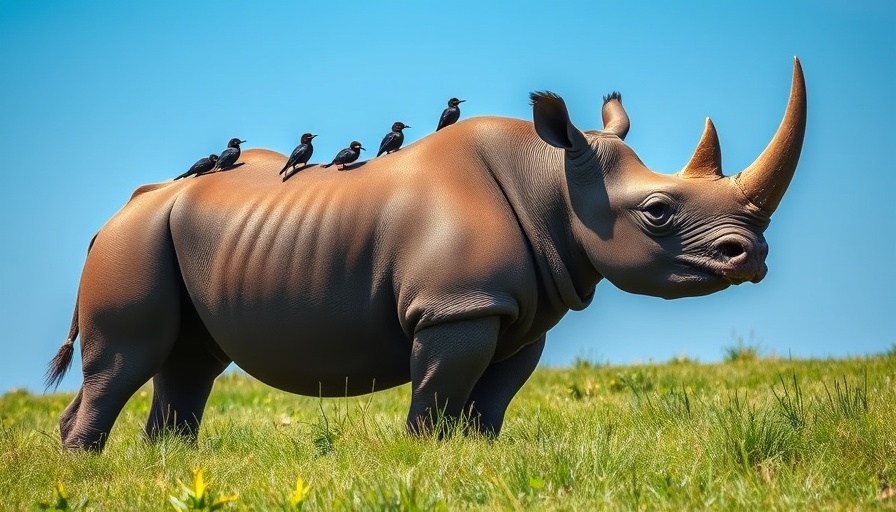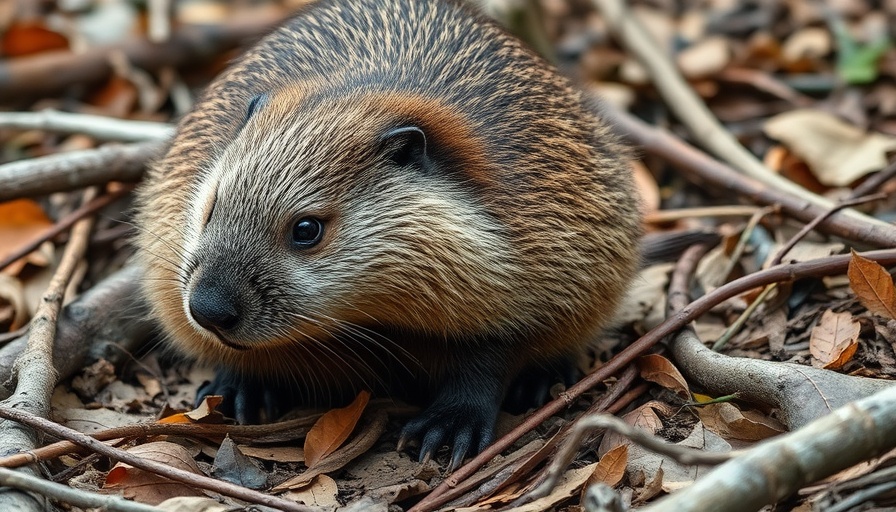
Returning to Roots: Emphasizing Fieldwork in Wildlife Research
In a rapidly evolving landscape dominated by artificial intelligence and big data, researchers Willebrand and Newey remind us of the necessity of fieldwork in wildlife biology. Their article, featured as the editor's choice in the March/April 2025 issue, argues for a powerful balance between innovation and tradition. This is particularly relevant as the discipline faces a dilemma: how to prioritize quality over mere quantity in research outputs.
Reassessing Research Metrics: Quality Vs Quantity
The current scientific climate often prioritizes publication metrics over the depth of research findings. Willebrand and Newey challenge this paradigm, advocating for a shift that emphasizes the heart of ecological studies—the species and the systems they inhabit. By undertaking interdisciplinary approaches that promote long-term research, the duo aims to bridge the gap between ecological understanding and practical conservation efforts.
Engaging Students and Researchers in Their Environments
The authors advocate for immersing both students and seasoned researchers directly in their study environments. Such engagement not only fosters a deeper appreciation for the ecosystems being studied but also nurtures the next generation of ecologists. Their call to action suggests the need for educational and funding bodies to support programs that facilitate this hands-on learning approach, essential for true ecological inference.
Knowledge Transfer: Bridging Science and Society
One of the cornerstones of Willebrand and Newey's argument is the necessity for effective knowledge transfer. They argue that research should align with societal needs by translating academic findings into practical applications. By fostering a collaborative relationship between researchers and practitioners, the field can more effectively address pressing environmental issues while making strong cases for informed policy changes.
A Call for Sustainable Practices
Ultimately, this opinion piece highlights the urgency for funding bodies to back long-term wildlife ecological research. The natural world is changing, and understanding those changes through prolonged, detailed studies can yield invaluable data that benefits both conservation efforts and natural resource management. As echoed by Willebrand and Newey, the exploration of wildlife biology is not just an academic endeavor; it is a vital aspect of how we define sustainable practices moving forward.
For those engaged in wildlife biology, whether as researchers, practitioners, or passionate advocates, Willebrand and Newey's work serves as a vital reminder: the best knowledge comes not just from calculations and data analysis but from immersive, firsthand experiences in nature. This is where ecological understanding flourishes, inspiring effective action for wildlife conservation.
 Add Row
Add Row  Add
Add 




Write A Comment